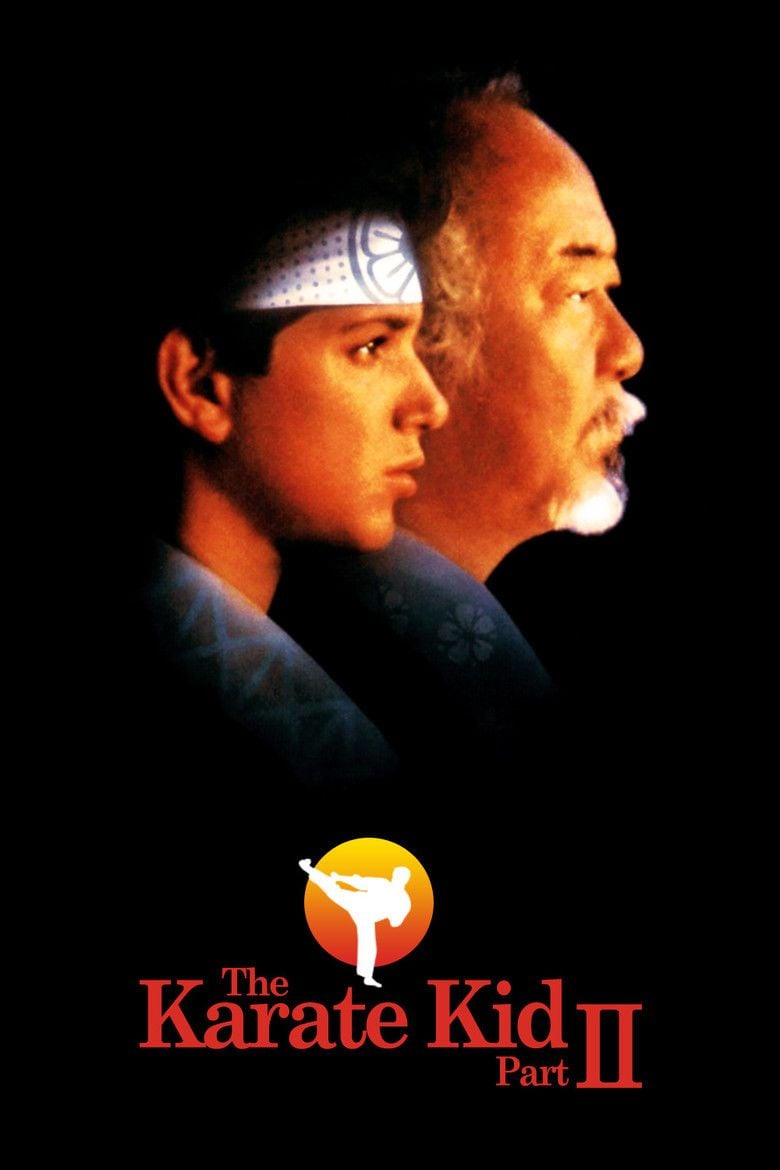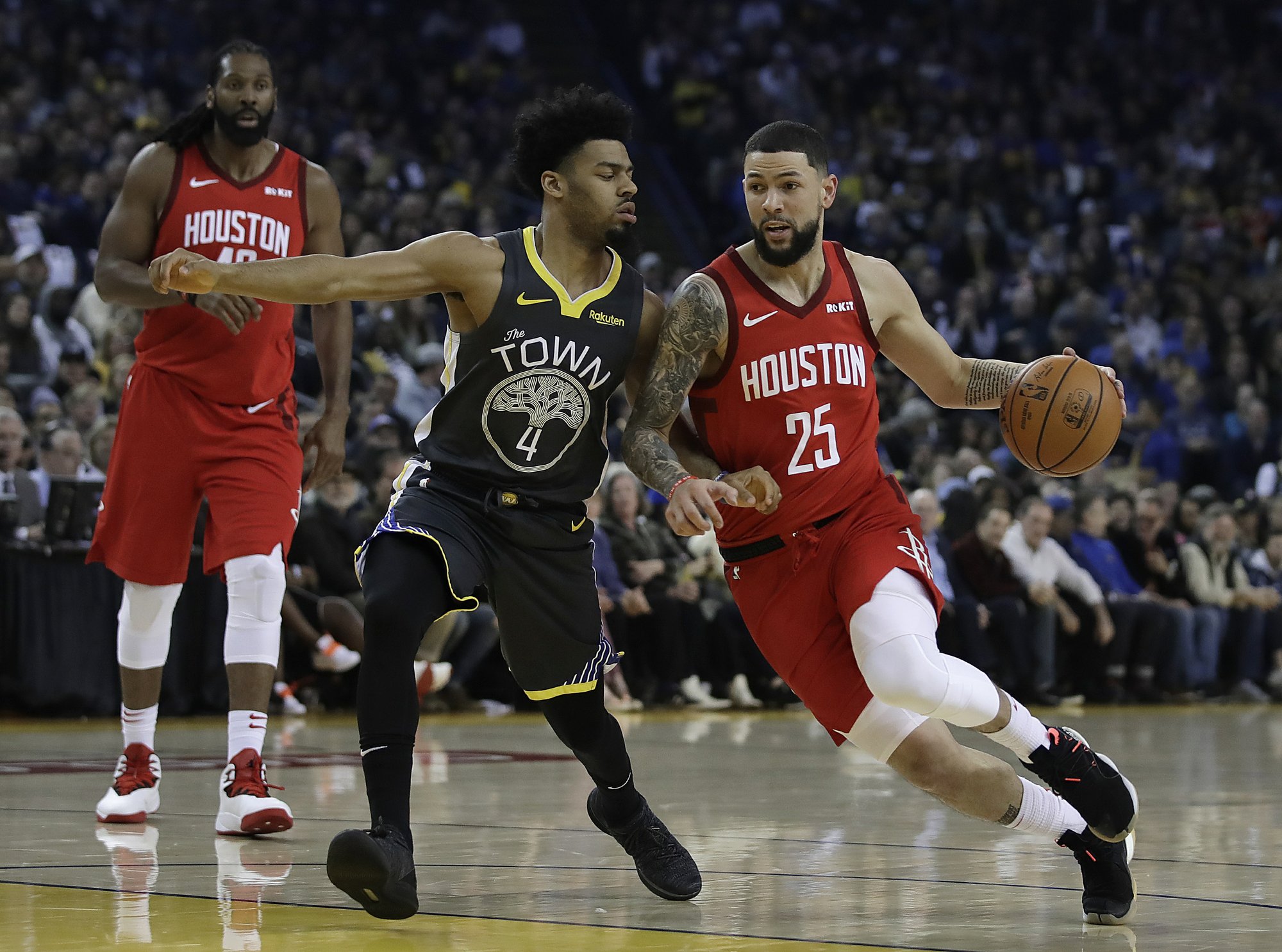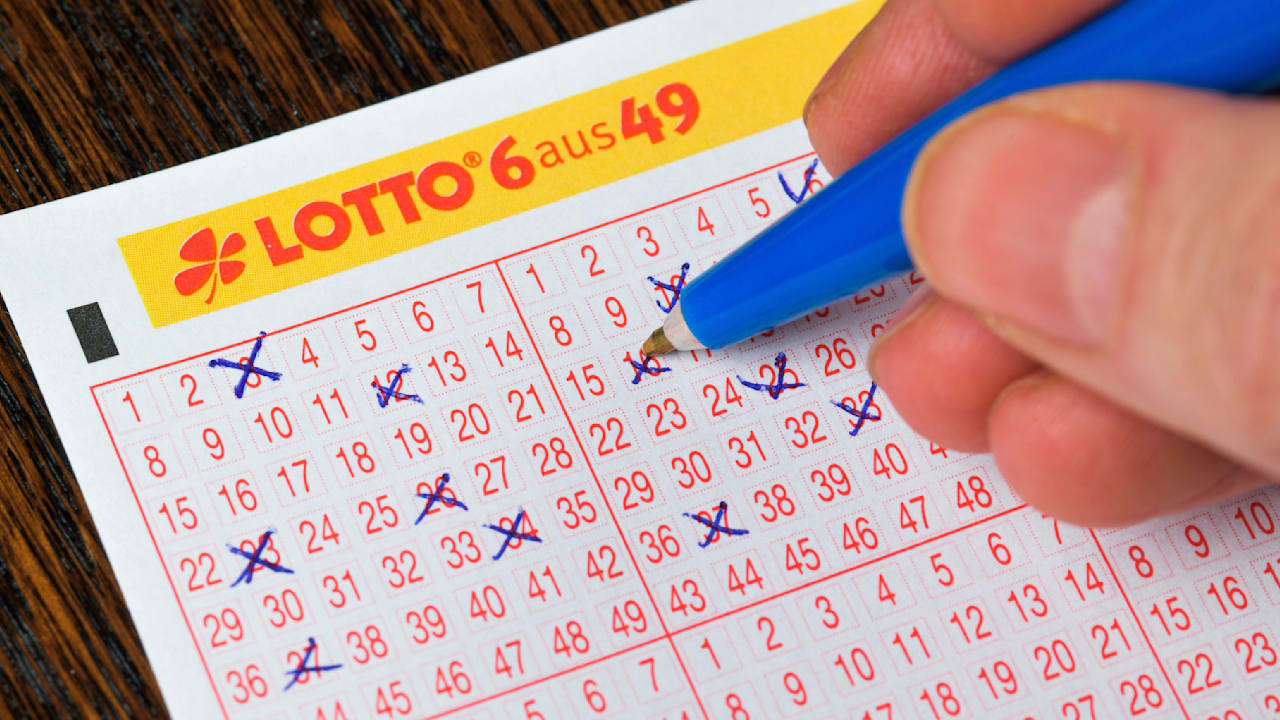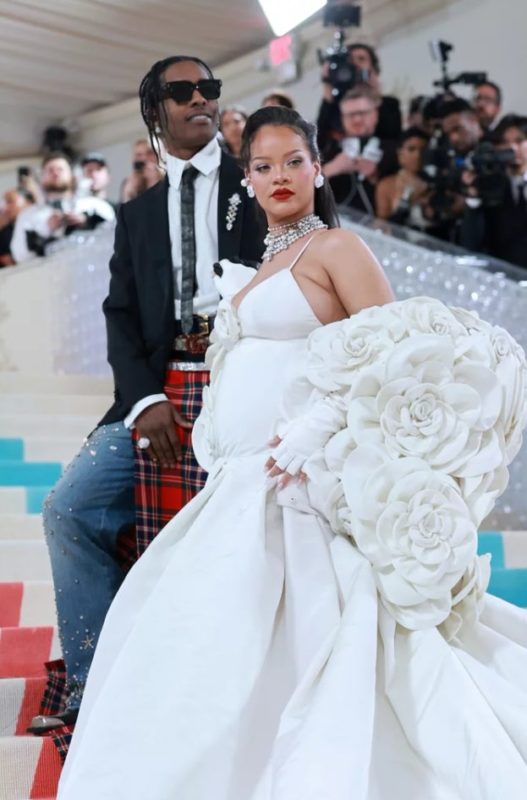The Karate Kid Part II: Plot Analysis And Character Development

Table of Contents
A Journey to Okinawa: Exploring the Setting and its Impact
The Karate Kid Part II transports us from the sun-drenched California landscapes of the first film to the vibrant and culturally rich island of Okinawa, Japan. This change of scenery is far more than a simple backdrop; it's a pivotal element that shapes the plot and profoundly impacts character development. The contrast between the familiar Californian setting and the exotic, traditional Okinawan culture provides a fertile ground for exploration of themes such as cultural clash, family values, and the complexities of traditional martial arts.
The Cultural Clash and its Narrative Function
Daniel's arrival in Okinawa is jarring. He's confronted with a vastly different culture, a new language, and unfamiliar customs. This cultural immersion isn't simply scenic; it's a crucial catalyst for his growth. He grapples with:
- Language barriers: Communication challenges force Daniel to rely on nonverbal communication and observation, sharpening his awareness.
- Social customs: Navigating unfamiliar etiquette highlights the importance of respect and understanding diverse cultures.
- Differing perspectives: Confronting alternative viewpoints expands Daniel's understanding of the world.
These challenges create conflict, pushing Daniel to adapt and develop resilience, enriching his character arc significantly.
Okinawa's Influence on the Film's Themes
Okinawa's influence extends beyond simply providing a new location. The island's rich history and traditional values underscore the film's core themes:
- Honor and respect: The emphasis on traditional Okinawan customs reinforces the importance of respecting elders and upholding one's honor. This contrasts with the more confrontational approach seen in the first film.
- Family values: The film explores the complexities of family relationships, highlighting the importance of loyalty and reconciliation. Both Miyagi's and Daniel's families are affected by past events and decisions.
- Personal growth: The journey to Okinawa becomes a metaphor for Daniel's own personal journey of self-discovery and maturation.
Character Development: Daniel's Transformation and Growth
The Karate Kid Part II showcases Daniel LaRusso's remarkable character arc. He’s no longer just a bullied teenager; he’s a young man facing new challenges and evolving relationships that test his resilience and emotional intelligence.
Facing New Challenges and Adversaries
In Okinawa, Daniel encounters adversaries who are different from Johnny Lawrence. He faces physical threats but also emotional and cultural challenges:
- Chozen Toguchi: This antagonist represents a more complex adversary, challenging Daniel not only physically but also through manipulation and cultural intimidation.
- Internal struggles: Daniel grapples with feelings of inadequacy, homesickness, and self-doubt as he navigates the unfamiliar environment and expectations.
Overcoming these hurdles deepens his understanding of himself and his capabilities.
Mastering New Skills and Techniques
Beyond physical karate skills, Daniel learns new techniques and approaches to conflict:
- Okinawan karate: He expands his martial arts repertoire, adding new techniques and strategies to his arsenal.
- Emotional control: He learns to control his emotions, using patience and diplomacy in addition to physical prowess.
- Cultural understanding: He gains a deeper understanding of Okinawan culture and its values, demonstrating increased empathy and maturity.
Mr. Miyagi's Past and Present: Unraveling a Deeper Understanding
The Karate Kid Part II unveils a deeper understanding of Mr. Miyagi, revealing layers of complexity beyond his enigmatic exterior. His backstory is meticulously woven into the narrative, enriching his character and his relationship with Daniel.
The Weight of the Past
Miyagi's return to Okinawa forces him to confront his past, specifically:
- Past relationships: His reunion with his former love interest and his encounter with Chozen reveal the weight of past traumas and unresolved conflicts.
- Family secrets: His past is intricately tied to family honor and old rivalries that affect his present relationships.
- Emotional vulnerability: We see a more vulnerable side of Mr. Miyagi, revealing his capacity for love, loss, and emotional pain.
These elements make him a more relatable and deeply human character.
Mentorship and Legacy
Despite his own struggles, Mr. Miyagi continues to be a powerful mentor figure:
- Passing on knowledge: He teaches Daniel not only new fighting techniques but also valuable life lessons about honor, respect, and the importance of emotional strength.
- Spiritual guidance: His guidance goes beyond mere instruction; it’s a profound spiritual and emotional mentorship.
- Building a legacy: Through his mentorship, Mr. Miyagi shapes Daniel’s future, leaving a profound impact on his life.
The Antagonists and Their Motivations
The Karate Kid Part II's antagonists play a vital role in driving the plot and highlighting the film's core themes. They are not simply one-dimensional villains but characters motivated by complex emotions and personal histories.
Understanding the Conflict
The central conflict of The Karate Kid Part II stems from a long-standing rivalry between Mr. Miyagi and Chozen. This rivalry:
- Involves family honor: The conflict is deeply rooted in Okinawan culture and the concept of family honor, adding another layer of complexity to the narrative.
- Drives the plot: It fuels the action, challenges, and ultimately Daniel's development throughout the film.
- Expands the theme of revenge: It explores the destructive nature of revenge and the importance of forgiveness and reconciliation.
The Thematic Significance of the Antagonists
Chozen's actions serve a critical thematic purpose:
- Testing Daniel's growth: He pushes Daniel to his limits, forcing him to confront his fears and develop his skills.
- Highlighting cultural differences: His actions reflect the clash between different cultural values and perspectives.
- Demonstrating the cycle of revenge: His motivations highlight the destructive cycle of revenge and the importance of finding peaceful resolutions.
A Lasting Legacy of The Karate Kid Part II
The Karate Kid Part II transcends its status as a sequel. It offers a richer, more nuanced exploration of themes such as cultural understanding, personal growth, and the enduring power of mentorship. The film's journey to Okinawa provides a stunning backdrop for Daniel's maturation, and Mr. Miyagi’s complex backstory adds depth to his already iconic character. The exploration of family honor and the destructive nature of revenge further enriches the storyline. Have you revisited The Karate Kid Part II lately? Share your own analysis of the plot and character development in the comments below!

Featured Posts
-
 Fast Paced Warriors Seek Victory Against Resilient Rockets
May 07, 2025
Fast Paced Warriors Seek Victory Against Resilient Rockets
May 07, 2025 -
 Najnowszy Sondaz Prezydencki Onetu Radosc Dla Trzaskowskiego I Nawrockiego
May 07, 2025
Najnowszy Sondaz Prezydencki Onetu Radosc Dla Trzaskowskiego I Nawrockiego
May 07, 2025 -
 Lotto 6aus49 Ergebnis Vom 12 April 2025 Die Aktuellen Lottozahlen
May 07, 2025
Lotto 6aus49 Ergebnis Vom 12 April 2025 Die Aktuellen Lottozahlen
May 07, 2025 -
 Rihannas New Engagement Ring And Bold Red Heel Combination
May 07, 2025
Rihannas New Engagement Ring And Bold Red Heel Combination
May 07, 2025 -
 Rihannas Third Pregnancy Announcement At The Met Gala
May 07, 2025
Rihannas Third Pregnancy Announcement At The Met Gala
May 07, 2025
